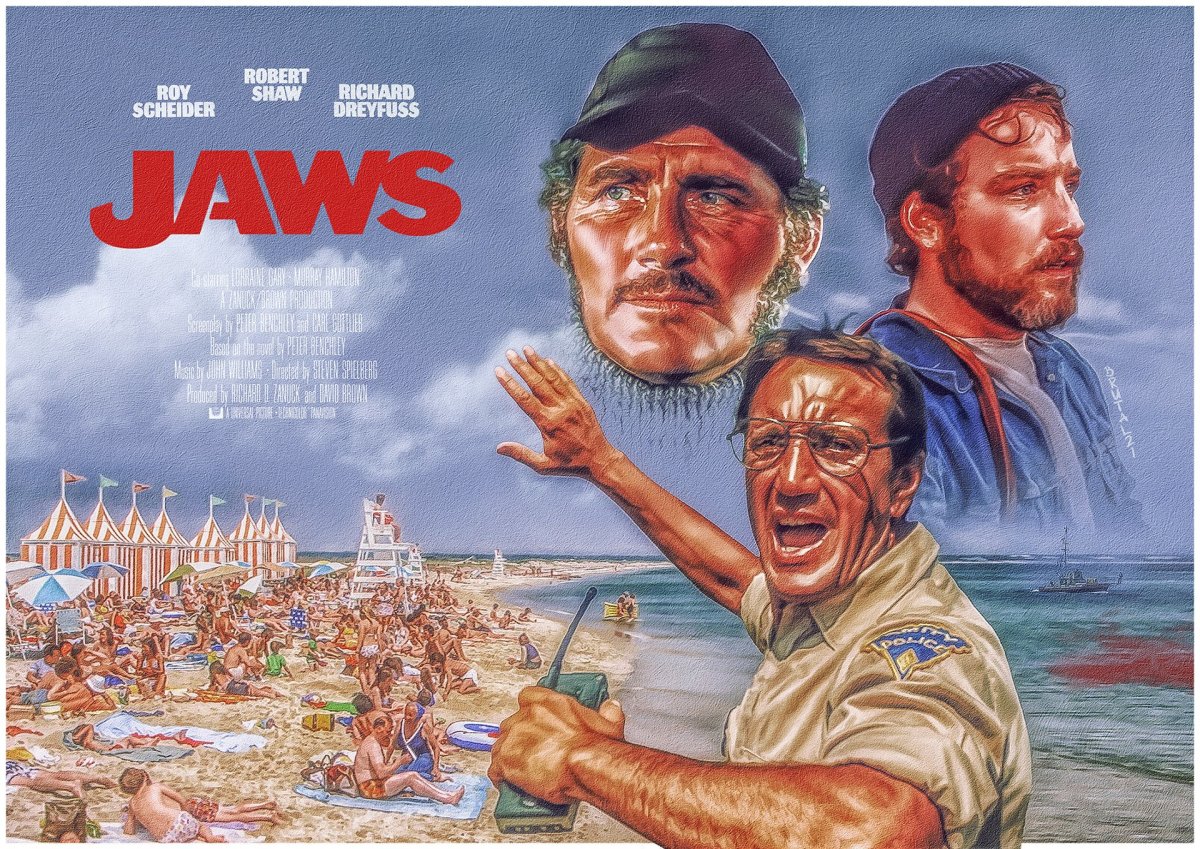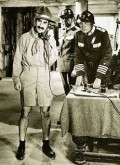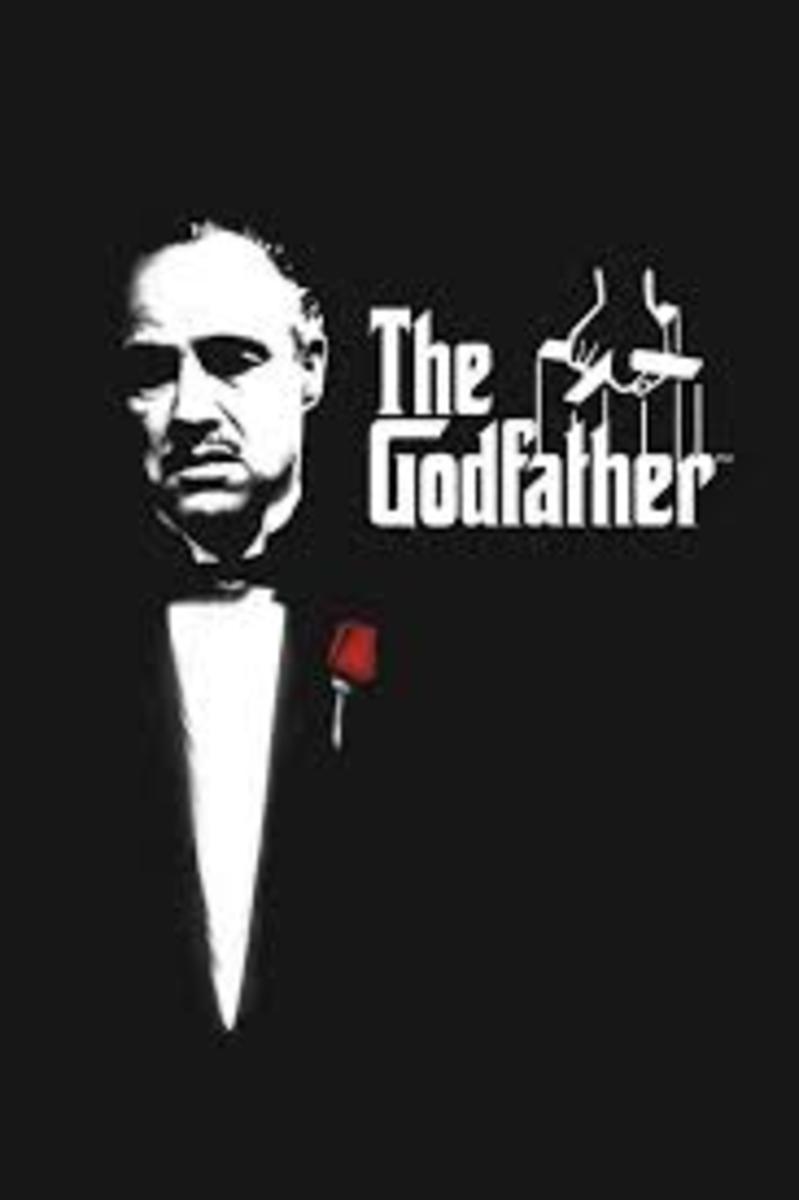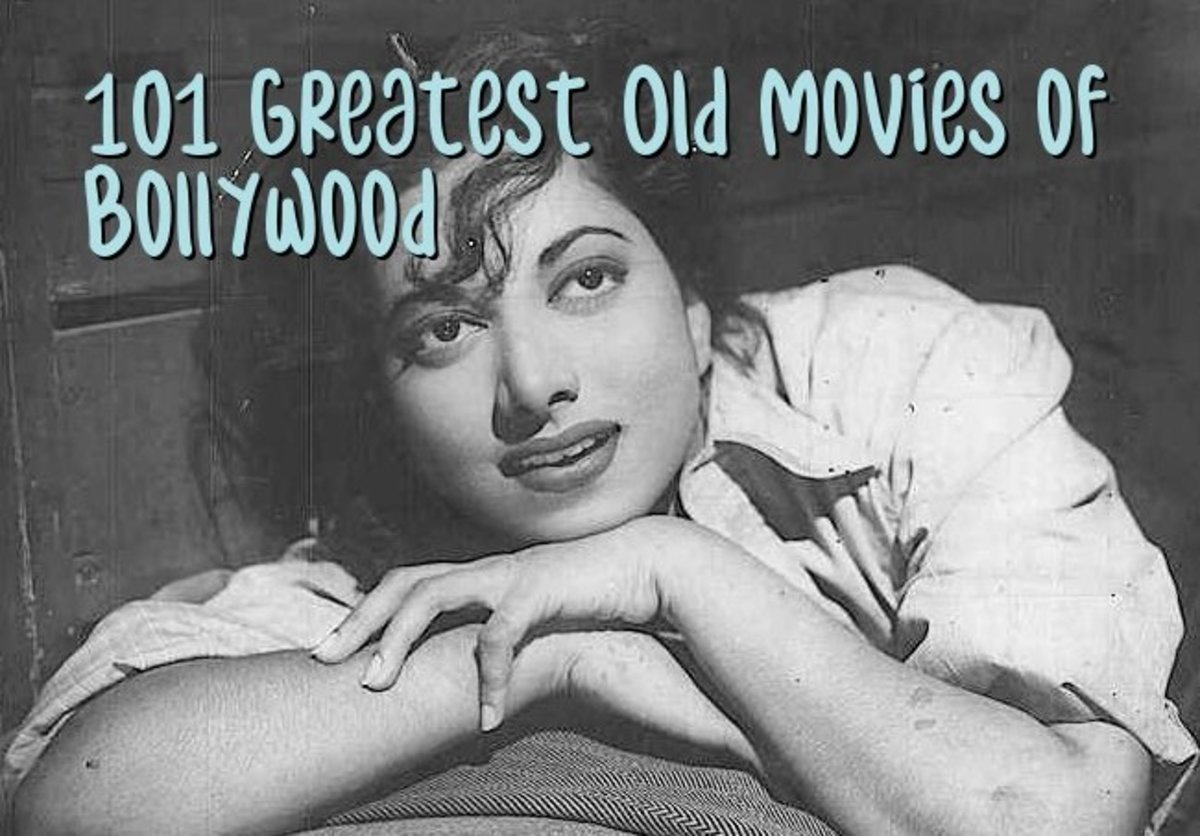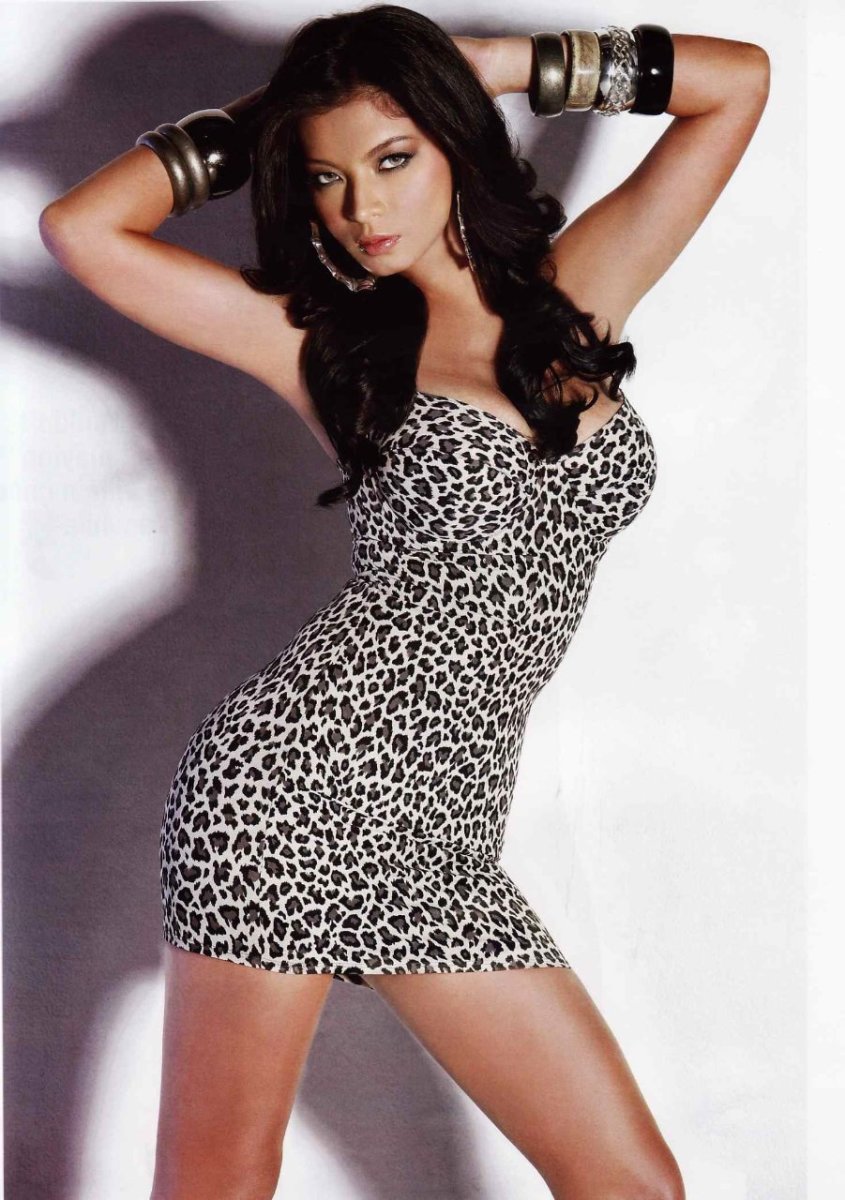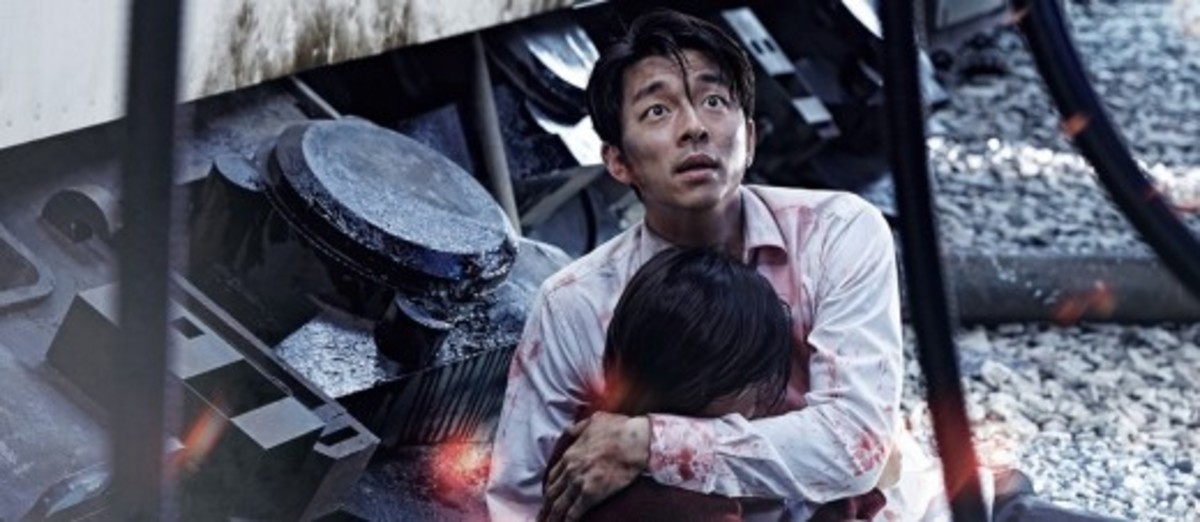- HubPages»
- Entertainment and Media»
- Movies & Movie Reviews»
- World Cinema
Flashpoint Cinema: The 1970s
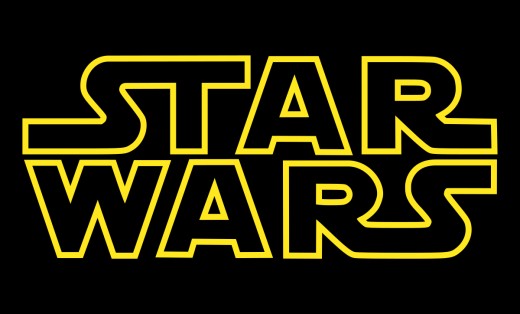
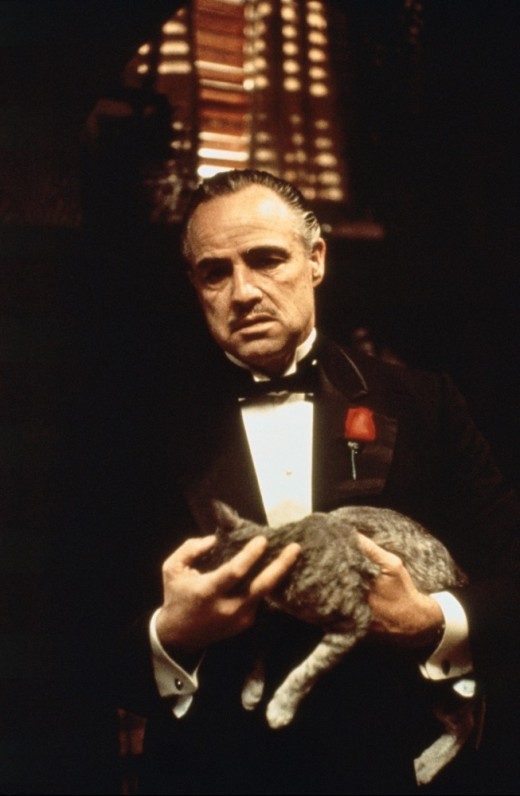
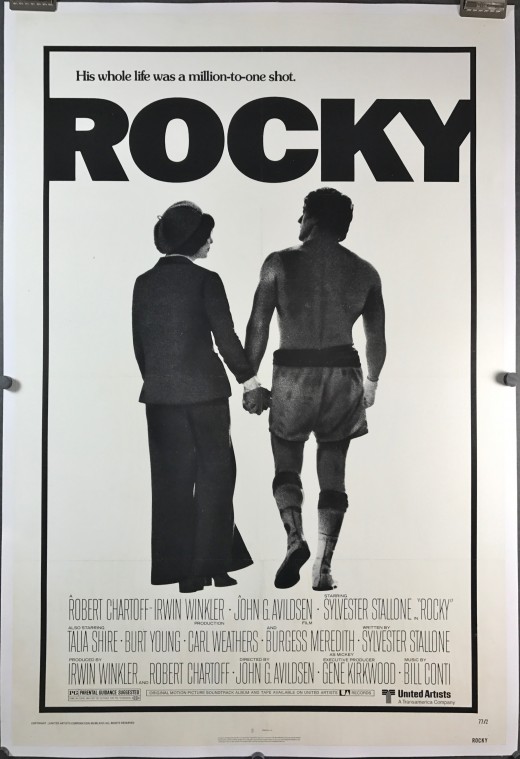
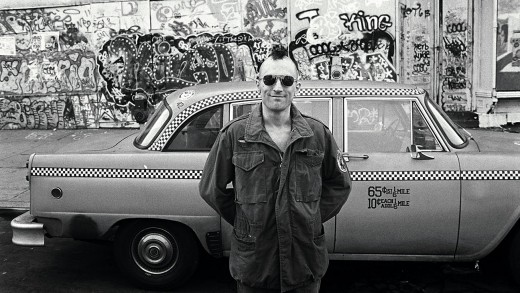
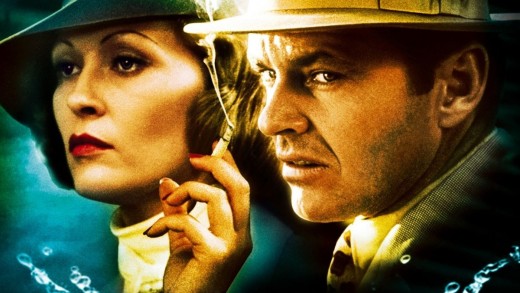
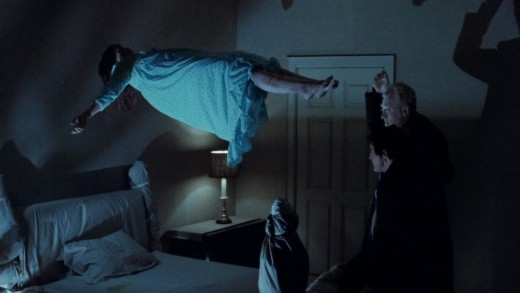
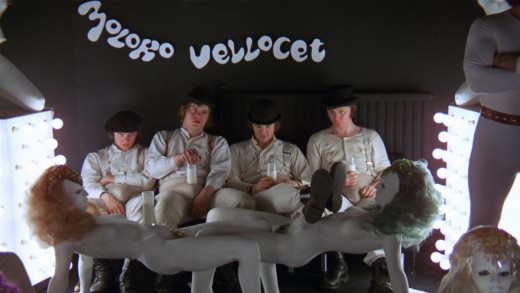
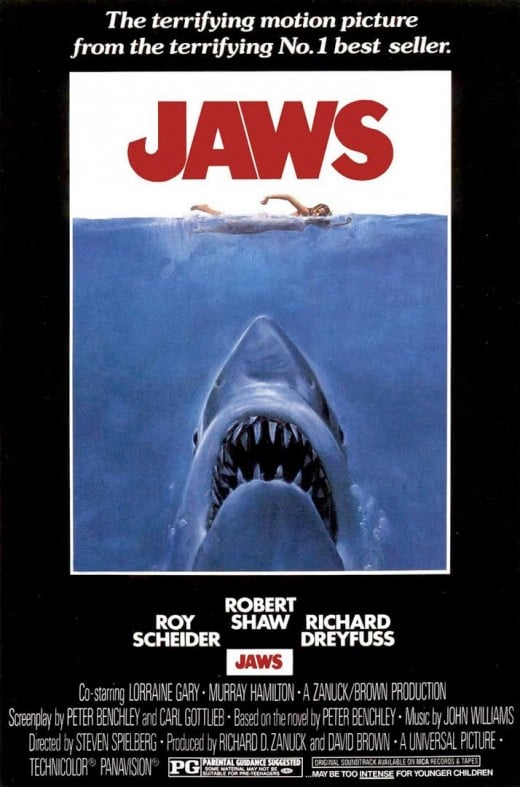
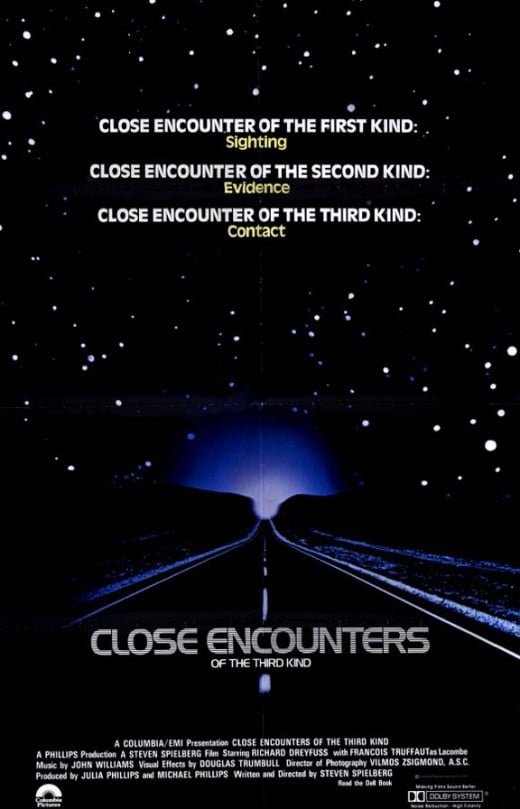

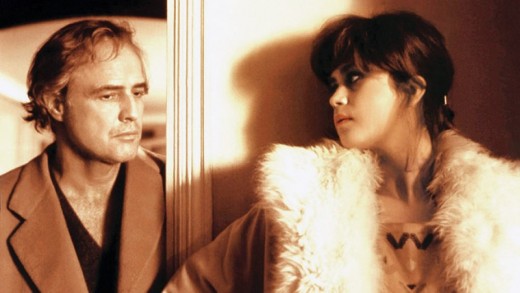
The Game Changes
The following is not an academic effort. I am writing this purely as a fan.
I came of age in the 1970s, and was considered a “nerdy” kid by my sports-loving friends. As an aficionado of Famous Monsters magazine, I gravitated towards horror and science fiction movies. I played no sports, preferring instead to pass my time watching classic Universal creature features (Frankenstein, Dracula, The Wolfman), and subsequently writing short stories based on my beloved monsters’ continuing adventures.
I was less interested in schoolwork than I was in my realm of make-believe, and as I wandered the halls of P.S. 236 it was not unusual to see me taking polls, as if I was a studio exec of some importance: “Please check box number one, or box number two. What do you prefer, Jaws or The Exorcist?”
I was 12 when Jaws was released. My parents would not allow me to see it until I was 18. Do you think they let me watch The Exorcist?
Doesn’t matter. I was obsessed anyway. I read about them both.
When I entered high school in 1978, I expanded my horizons and broke from my comfort level. I realized there was a whole other universe of movies and movie genres out there. And I fell in love all over again.
The Godfather, based on Mario Puzo’s bestselling novel, was domestically the highest-grossing film of all time, until Jaws. Grossing nearly $135 million in the U.S. and Canada since its initial 1972 release, in today’s dollars the Francis Ford Coppola classic converts to nearly $705 million, according to Box Office Mojo (www.boxofficemojo.com). By way of comparison, The Last Jedi, presently nearing the end of its celebrated (though polarizing) run, will reach the $600 million domestic milestone within the next week.
The 1970s was a decade of risk. Alan J. Pakula’s All The President’s Men was an unflinching look at the Watergate scandal. Coppola’s Apocalypse Now and Hal Ashby’s Coming Home detailed the horrors of the Vietnam War to shocked worldwide audiences. If the 1950s adapted our fears of radiation and nuclear war into films about giant ants (Them!) and spiders (Tarantula), the 70s cemented our wartime fears, and the boldest of filmmakers brought these nightmares to paying audiences, who would watch and learn from the comfort of their theater seats.
Martin Scorsese’s Taxi Driver was a peek into the gutter, an uncompromising, voyeuristic view of the seemy side of a dead-end existence. Arguably Robert De Niro’s career performance to that time, his Travis Bickle was a lifetime loser with one final shot at validation. Speaking of, Rocky spoke to the underdog in us all. The film was huge in ‘76; audiences were on their feet during his fight with Apollo Creed.
I lost my voice; I was screaming so loudly.
For my dollar, 1971’s A Clockwork Orange is the most perfect film ever made. Perfect, especially when one considers the immense heft, and difficulty, of author Anthony Burgess’ source material. Stanley Kurbrick created a masterpiece for the ages, and for me one that best represents the pre-blockbuster (pre-“The Godfather,” or pre-“Jaws” to the more accepted extent) years of the 1970s.
Prior to said “blockbuster” product, thematically the films of the 1970s were the riskiest ever undertaken. Bernardo Bertolucci’s Last Tango in Paris was a frank, revolutionary view of sex and sexuality. One never looked at butter the same way again.
Roman Polanski’s neo-noir Chinatown continues to win plaudits as the very model of the screenwriting craft.
I can go on within this wave of nostalgia. But I’d rather pivot.
The exceptions aside of The Godfather (and its first sequel), and also of 1973’s The Exorcist - which rode a wave of controversy (“a 12-year-old mutters expletives and masturbates with a crucifix!” was not an uncommon protest) en route to its $987,650,600 domestic gross (adjusted for inflation, again per Box Office Mojo) - the 1970s can, and should, be divided in half to punctuate its importance as indeed the medium’s pivotal decade. The daring and independent-minded rebellion of early 70’s cinema, showcasing once-taboo subject matter on-screen, gave way to the so-called ”blockbuster mentality” commonly attributed to have originated with the release of “Jaws.”
Returning to our list of 1970’s hit product adjusted for inflation, Jaws has grossed nearly $1.15 billion domestically, or $260 mil upon its release in 1976. On this adjusted list, Jaws and The Exorcist currently assume the 7th and 9th place, respectively, on the all-time domestic box office list. Today, in 2018.
And then ... there was 1977’s Star Wars. When I saw it for the first time, on a subpar screen in Monticello, New York, I could not stand from my seat following the end credits. No hyperbole intended, Star Wars was a near-religious experience for me, as it would continue to be for subsequent generations of creative artists. There was no A New Hope back then. 1977 was prior to any real execution of an Episode 5. It was just Star Wars. It was something new, and something spectacular. Now, when Woody Allen’s Annie Hall defeated Star Wars for that year’s Best Picture Oscar, I was ready to kick my television.
But over the years I’ve mellowed with that one. Annie Hall to my mind is one of the greatest comedies ever released.
Star Wars, as we all know by now, not only changed the film world, but changed the world proper. Suddenly, the economics of film were reconsidered following the eventual release of the film’s mass merchandising. To be fair, 1968’s Planet of the Apes inspired its own notable merchandise line, but the bulk of Apes product was introduced following the releases of the original film’s 1970’s film and television sequels. Kids in 1977, however, and many adults, could not get enough of Star Wars. The geek world, formerly the property of Star Trek and comic books, became a universe, encompassing not only games, but a whole new era of inspiration. Our computers, our technologicial advances ... not all inspired by Star Wars, certainly, but you may be surprised at just how much actually was.
The film made history, and its place in world culture is forever secured. Steven Spielberg’s Close Encounters of the Third Kind followed shortly thereafter, and didn’t do badly at all.
There were other filmic milestones during that era. The Rocky Horror Picture Show created the midnight movie movement. Dawn of the Dead (which caused nearly as great a sensation upon its release as 1968‘s original Night of the Living Dead), The Texas Chainsaw Massacre, and Halloween brought forth the slasher genre. Brian De Palma’s Carrie, based on Stephen King’s first released novel, showed that horror movies can be as well-made as other, more respectable fare.
Superman: The Movie welcomed back the superhero genre to world multiplexes, and many of us really did take the film’s tagline to heart: You Will Believe a Man Can Fly.
It went on and on. The memories are golden.
The 1970s was, and remains, the transformative decade in the history of film. Now excuse me while I peruse my DVD collection and catch a favorite flick from among those referenced above.
It’s time for a fix.

